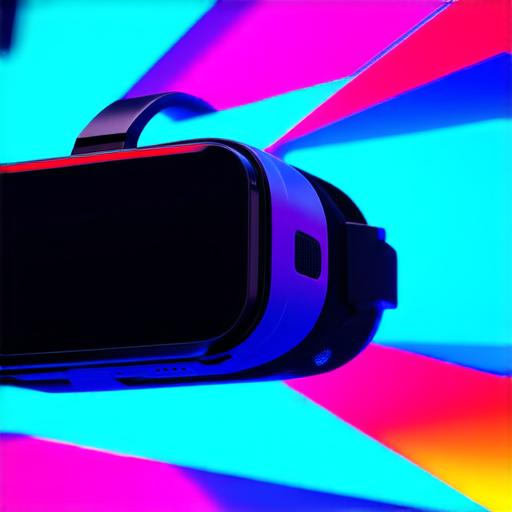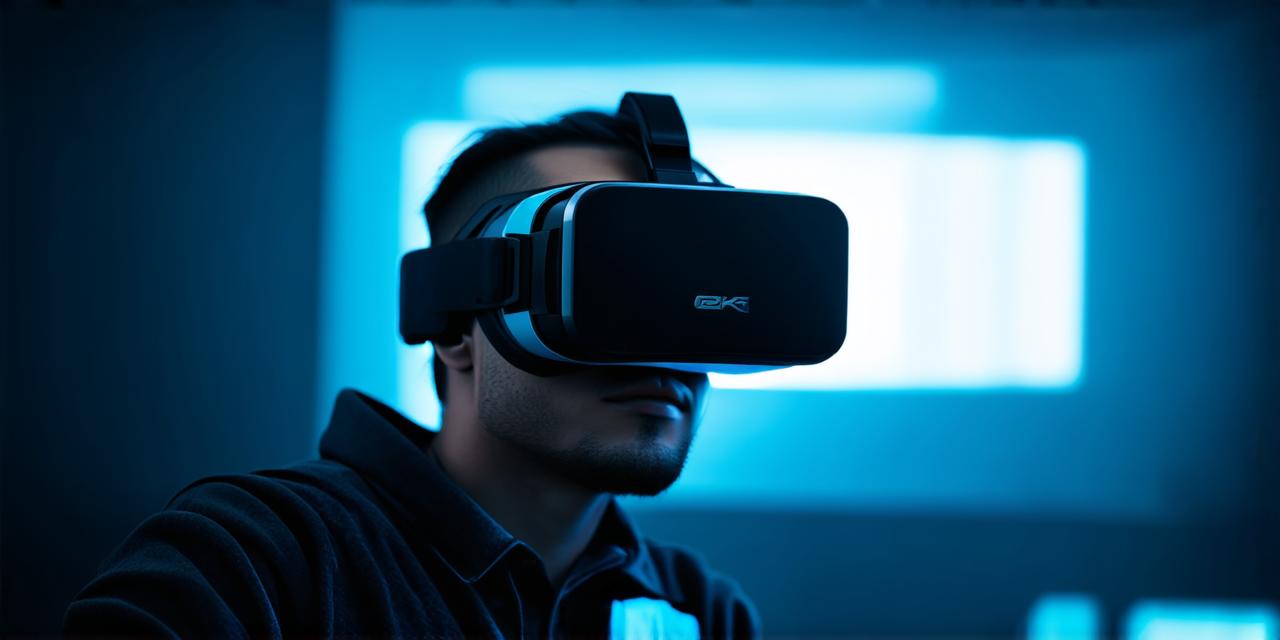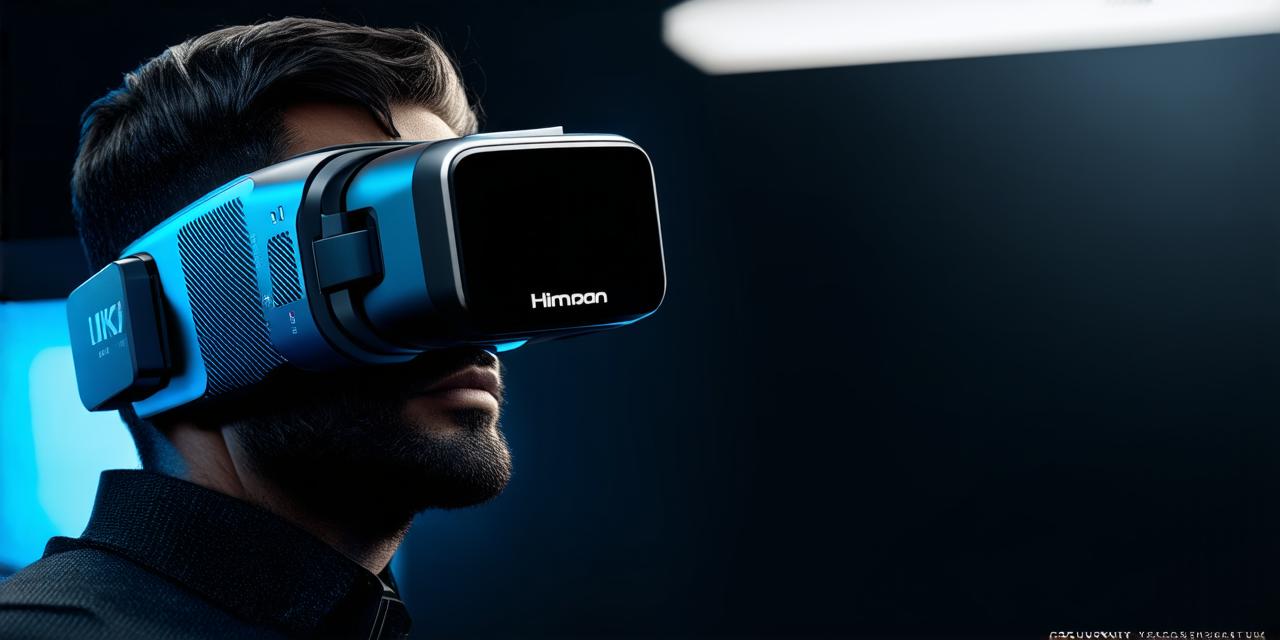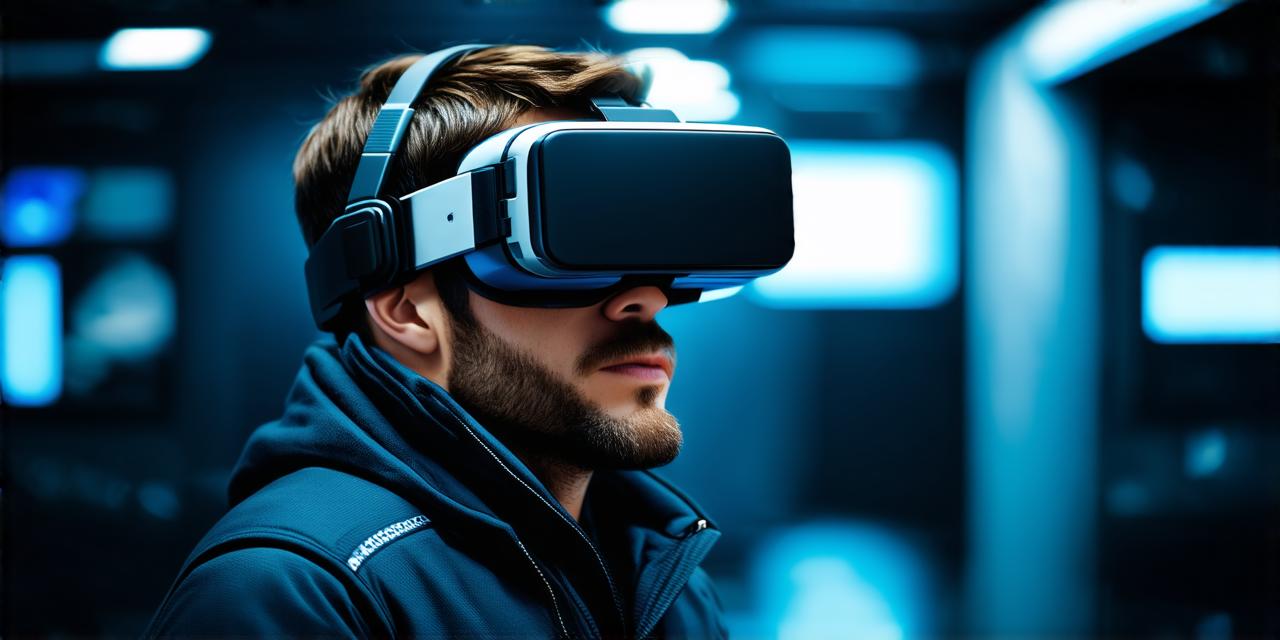What is Virtual Reality?
Virtual reality (VR) is a computer-generated simulation that creates an immersive and interactive environment for users. It involves the use of sensors, cameras, and displays to create a realistic experience that engages the user’s senses. VR has been used in various industries such as gaming, entertainment, education, healthcare, and many others.
Examples of Virtual Reality Applications
1. Gaming
Virtual reality has revolutionized the gaming industry by providing players with an immersive gaming experience that was previously impossible. Players can now step into a virtual world and interact with the environment in a way that was not possible before. For example, Oculus VR’s flagship headset, the Oculus Quest 2, is a popular choice for gamers who want to experience virtual reality games on their TVs or PCs.
2. Entertainment
Virtual reality has also been used in the entertainment industry to create immersive experiences for moviegoers and theater-goers. For example, The Void is an immersive entertainment platform that offers users a multi-room VR experience. Users can enter a virtual world and interact with the environment in a way that was previously impossible.
3. Education
Virtual reality has also been used in education to provide students with an interactive learning experience. For example, Virtual Field Trips (VFT) is a platform that allows students to take virtual field trips to various locations around the world. VFT provides students with a realistic experience of different cultures and environments.
4. Healthcare
Virtual reality has been used in healthcare to treat patients with PTSD, phobias, and other mental health conditions. For example, the US Department of Veterans Affairs uses virtual reality therapy to help veterans cope with post-traumatic stress disorder (PTSD). VR therapy provides a safe and controlled environment for patients to confront their fears and traumas.
5. Training and Simulation
Virtual reality has also been used in training and simulation applications such as aviation, military, and emergency services. For example, the US Air Force uses virtual reality simulations to train pilots and air crew members. VR simulations provide a realistic and safe environment for trainees to practice their skills without risking their lives.
Benefits of Virtual Reality
Virtual reality has several benefits that make it an attractive technology for various industries. Some of the benefits include:
- Immersive Experience: Virtual reality provides users with an immersive experience that engages all their senses. This makes the experience more realistic and engaging than traditional media such as TV, movies, or games.
- Interactive Environment: Virtual reality allows users to interact with the environment in a way that was previously impossible.
- Cost-Effective: Virtual reality is often more cost-effective than traditional methods of training and simulation. VR simulations provide a safe and controlled environment for trainees to practice their skills without the need for expensive equipment or live actors.
- Personalized Learning: Virtual reality allows users to learn at their own pace and in their own way. Users can revisit different parts of the virtual world as many times as they want until they understand the concepts fully.
Challenges of Virtual Reality
Virtual reality also has several challenges that need to be addressed. Some of the challenges include:
- Expensive Hardware: Virtual reality requires expensive hardware such as headsets, sensors, and displays. This can make it difficult for businesses to implement VR solutions, especially for small businesses.
- Limited Interoperability: Virtual reality platforms are often incompatible with each other, making it difficult for users to move between different virtual worlds.
- Motion Sickness: Some users may experience motion sickness when using VR technology, which can affect their overall experience.
- Learning Curve: Virtual reality requires a steep learning curve, and some users may find it challenging to navigate the virtual world.
Expert Opinions on Virtual Reality
According to Dr. David Eagleman, a neuroscientist and author of “Incognito: The Secret Lives of the Brain,” virtual reality has the potential to revolutionize how we learn and experience the world. He says, “Virtual reality allows us to create simulations that can help us understand complex systems and provide new insights into the human brain.” However, Dr. Sherry Turkle, a sociologist and author of “Connected: Why People Turn to Technology in the Age of Loneliness,” warns against getting too excited about virtual reality. She says, “Virtual reality may be exciting, but it’s not a substitute for real-life experiences. We need to be careful not to lose ourselves in virtual worlds and neglect the importance of human connection.”
Real-Life Examples of Virtual Reality Applications
1. Tourism Industry
The tourism industry has started using virtual reality to give travelers an immersive experience of different locations around the world. For example, Google Street View allows users to take virtual tours of different cities and landmarks. This has the potential to revolutionize the way people travel and experience different cultures.
2. Real Estate Industry
The real estate industry is also using virtual reality to give potential buyers an immersive experience of properties. Virtual tours allow potential buyers to see a property as if they were physically there. This has the potential to save time and money for both buyers and sellers.
3. Automotive Industry
The automotive industry is using virtual reality to design and test new vehicles. VR simulations allow designers to create and test different designs in a safe and controlled environment. This has the potential to speed up the design process and reduce costs.
FAQs
What is Virtual Reality?
Virtual reality (VR) is a computer-generated simulation that creates an immersive and interactive environment for users. It involves the use of sensors, cameras, and displays to create a realistic experience that engages the user’s senses.
How does Virtual Reality work?
Virtual reality works by creating a virtual world that users can enter through a headset or display. Users interact with the virtual world using hand controllers or other input devices.
What are some examples of Virtual Reality applications?

Some examples of virtual reality applications include gaming, entertainment, education, healthcare, and training and simulation.
What are the benefits of Virtual Reality?
The benefits of virtual reality include an immersive experience, interactive environment, cost-effectiveness, personalized learning, and more.
What are the challenges of Virtual Reality?
The challenges of virtual reality include expensive hardware, limited interoperability, motion sickness, and a steep learning curve.
What is the future of Virtual Reality?
The future of virtual reality is bright, with new applications being developed in various industries such as tourism, real estate, and automotive. As technology continues to improve, we can expect virtual reality to become more accessible and affordable for businesses and individuals alike.




